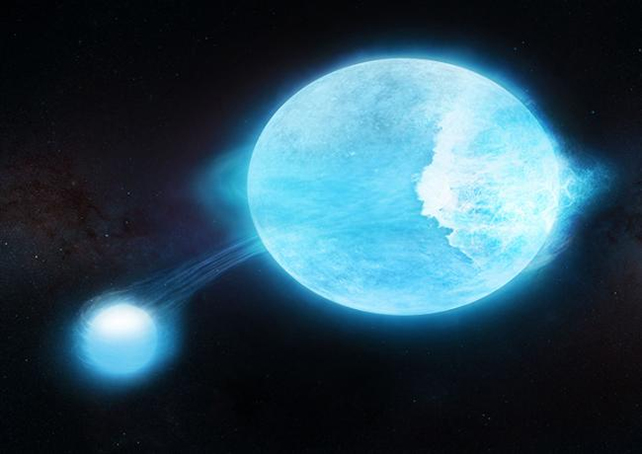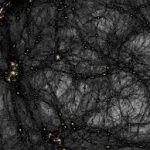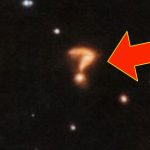Key Takeaways:
- MACHO 80.7443.1718, a binary star system, exhibits enormous plasma waves akin to tidal waves around a heartbeat star, showcasing unprecedented celestial dynamics.
- These waves, reaching a fifth of the larger star’s radius and towering over 4.3 million kilometers, surpass the size of three suns stacked together, releasing immense energy upon collision.
- Astrophysicists from the Harvard-Smithsonian Center for Astrophysics, led by Morgan MacLeod and Abraham Loeb, studied this phenomenon due to the star’s unusual brightness fluctuations of up to 20 percent.
- A computer model unveiled that these colossal waves are a consequence of gravitational forces between the stars, impacting not only brightness but also rotation speeds in a manner previously unseen.
- This discovery introduces the concept of ‘heartbreak’ stars, prompting further exploration to identify similar celestial objects and understand the dynamics behind their radiant atmospheres.
Deep within the cosmic theater of MACHO 80.7443.1718, an extraordinary display of celestial drama is unfolding. This distant binary star system, identified through the MACHO Project in the 1990s, isn’t just a typical pairing of stars orbiting each other. It’s a mesmerizing performance characterized by colossal plasma waves, reminiscent of tidal forces on an astronomical scale.
Known as a heartbeat star, MACHO 80.7443.1718 is a stage where two stars engage in an intricate dance, their distances fluctuating dramatically as they orbit each other. This fluctuation manifests in pulsating brightness, akin to a rhythmic heartbeat displayed on an electrocardiogram.

The spectacle within this system is awe-inspiring. Gigantic tidal waves of ultra-hot matter surge across the expanse of the larger star, a behemoth boasting 35 times the mass of our own Sun. These waves, an astonishing fifth of the star’s radius, tower at an incredible height of about 4.3 million kilometers—surpassing the magnitude of three of our suns stacked vertically.
Attempting to envision the sheer scale of these waves is a challenge; they engulf the secondary star entirely at certain points in their celestial performance, as illustrated in detailed video simulations by researchers. Astrophysicist Morgan MacLeod from the Harvard-Smithsonian Center for Astrophysics describes these events as cataclysmic, each crash releasing an energy magnitude capable of disintegrating our planet hundreds of times over.
Driven by a quest to comprehend the erratic brightness fluctuations, MacLeod and colleague Abraham Loeb turned to computational modeling. The resulting simulations unveiled the origin of these gargantuan waves, highlighting the gravitational interplay between the stars as a primary force behind their creation.
Similar to the Moon’s influence on Earth’s tides, these waves are born from the tug and release of gravitational forces, significantly impacting not only brightness but also the rotational dynamics of these celestial entities.
This celestial spectacle has unveiled a cosmic anomaly, a ‘heartbreak’ star, a term coined by the researchers to encapsulate the colossal waves traversing the larger star’s surface. According to MacLeod, this discovery might mark just the inception of a new category of astronomical entities, urging further exploration and investigation into similar celestial bodies and the luminous atmospheres they emanate.
The findings of this groundbreaking research have been unveiled in the prestigious pages of Nature Astronomy.


